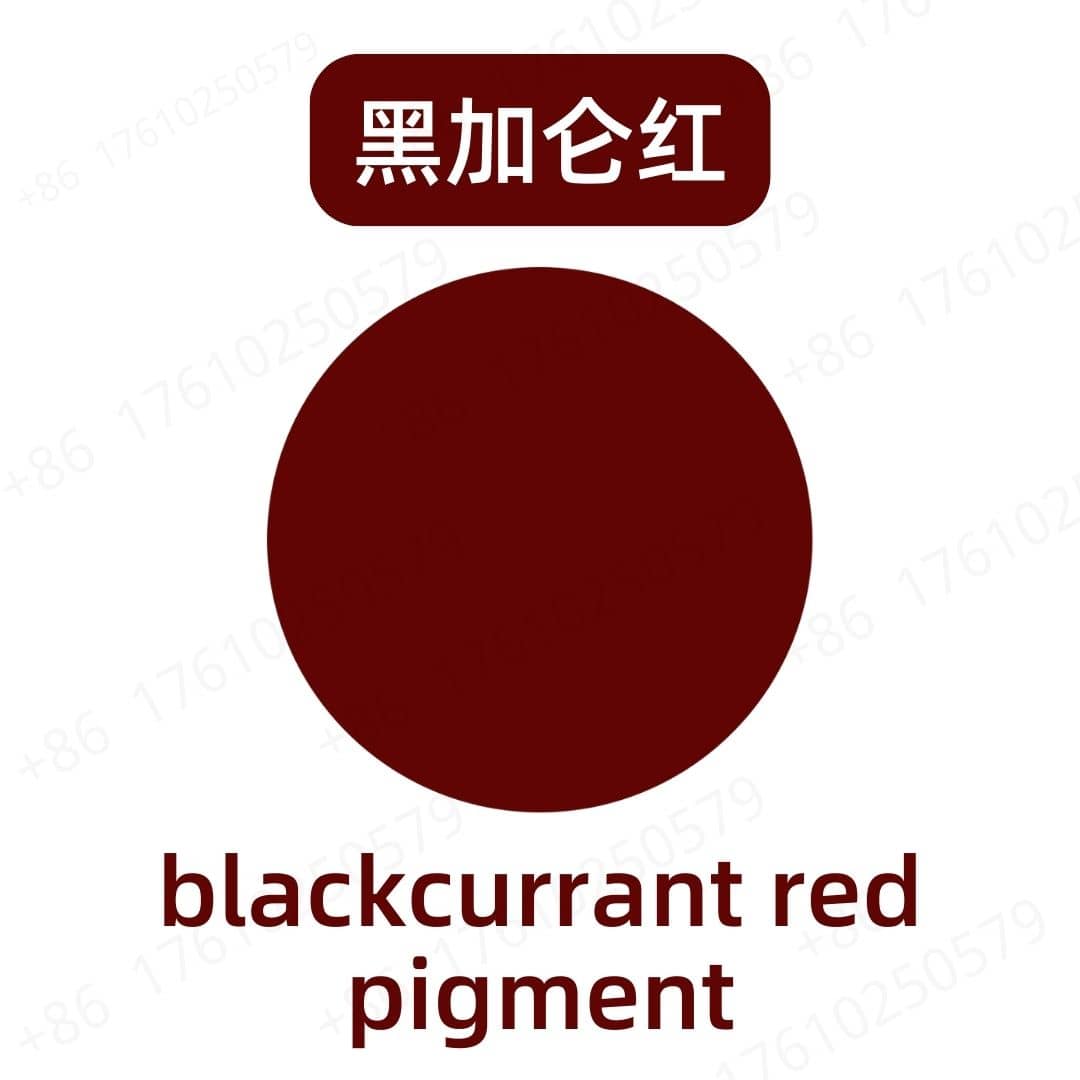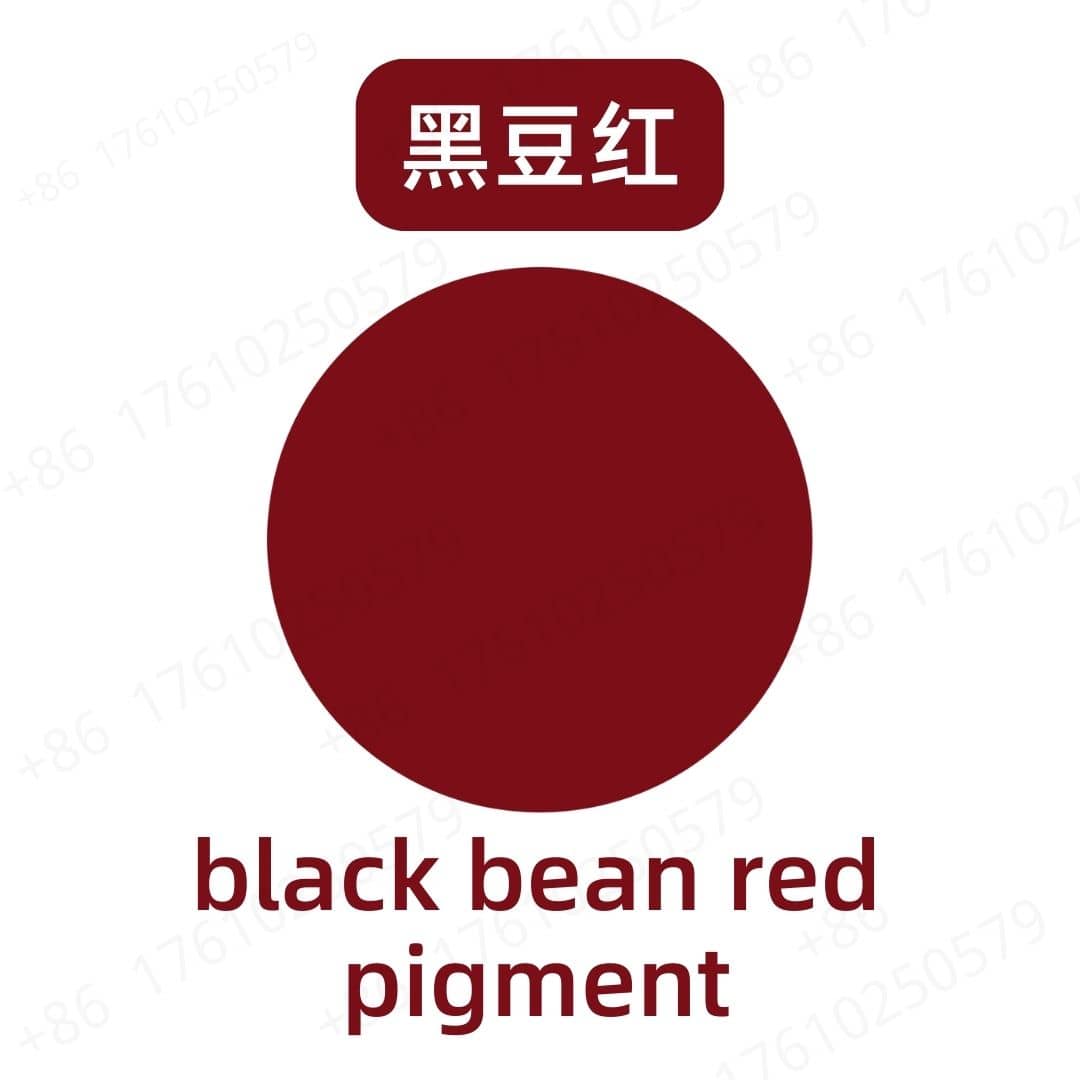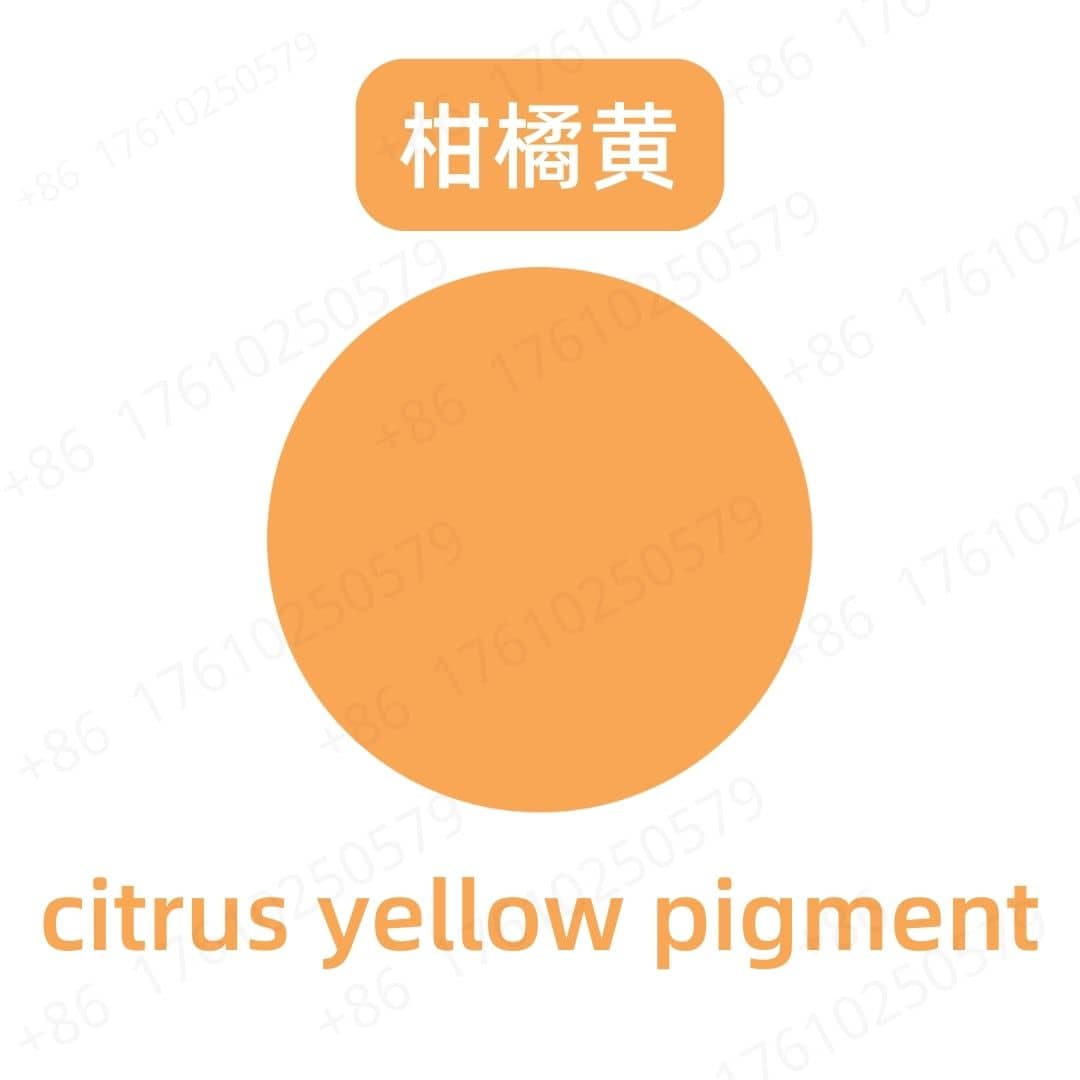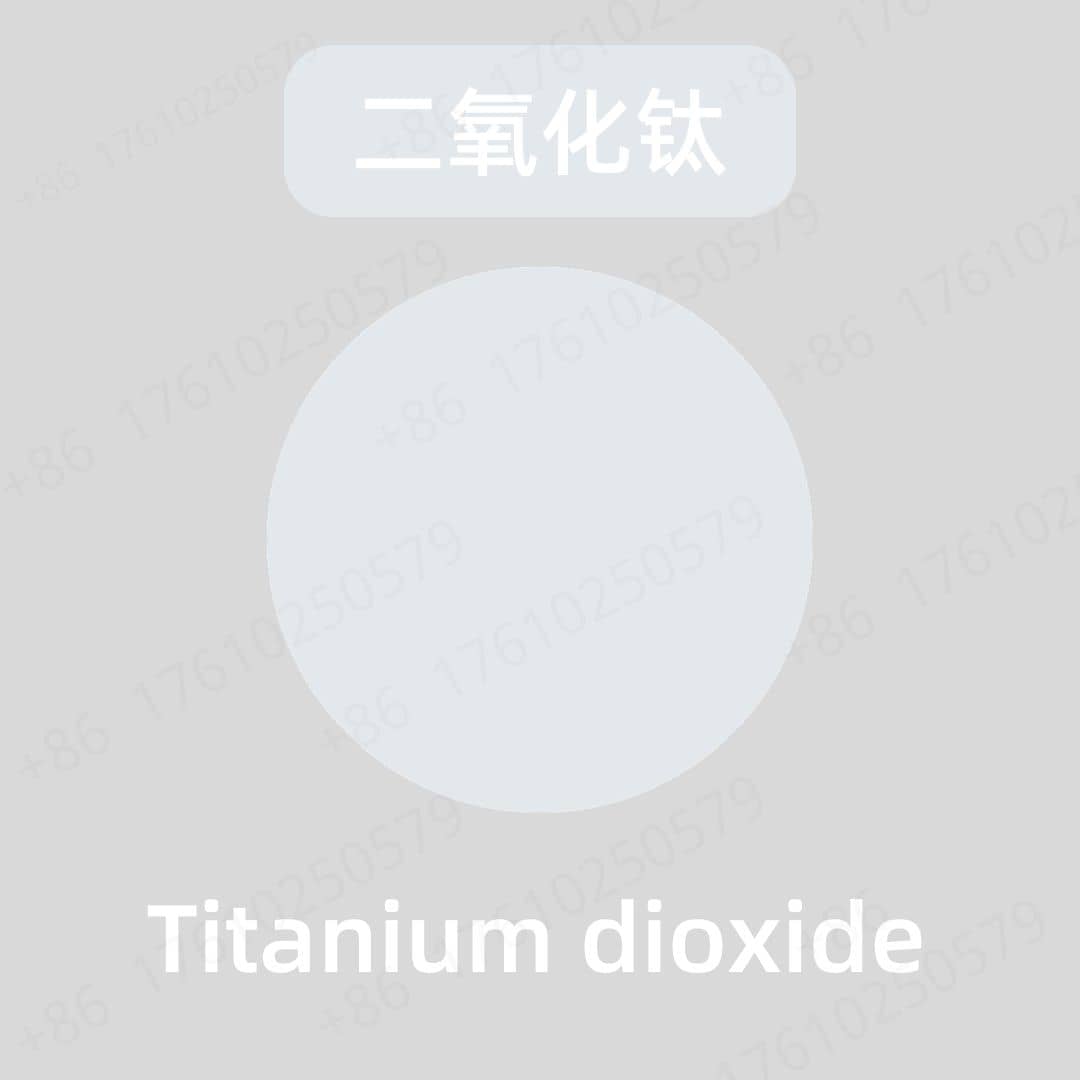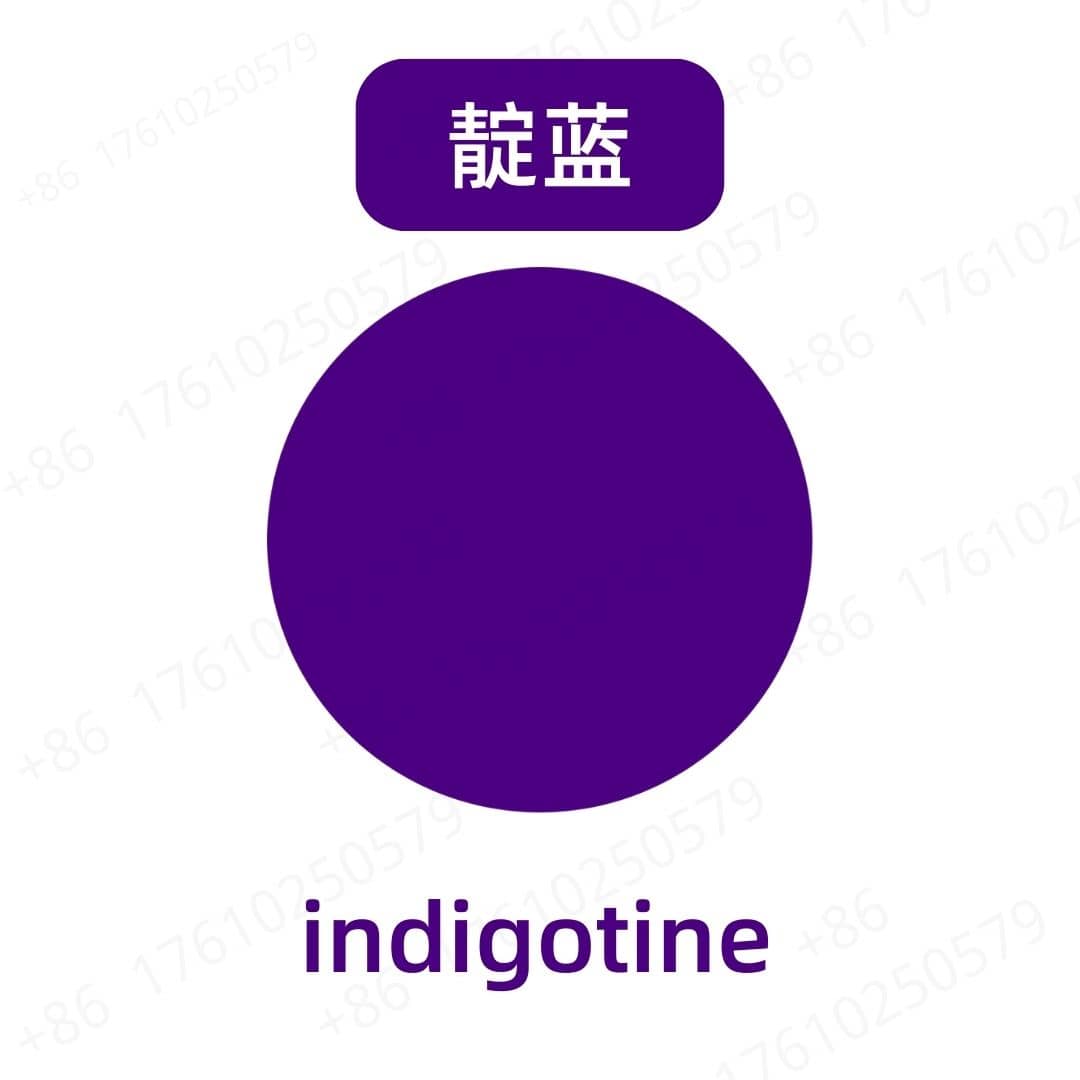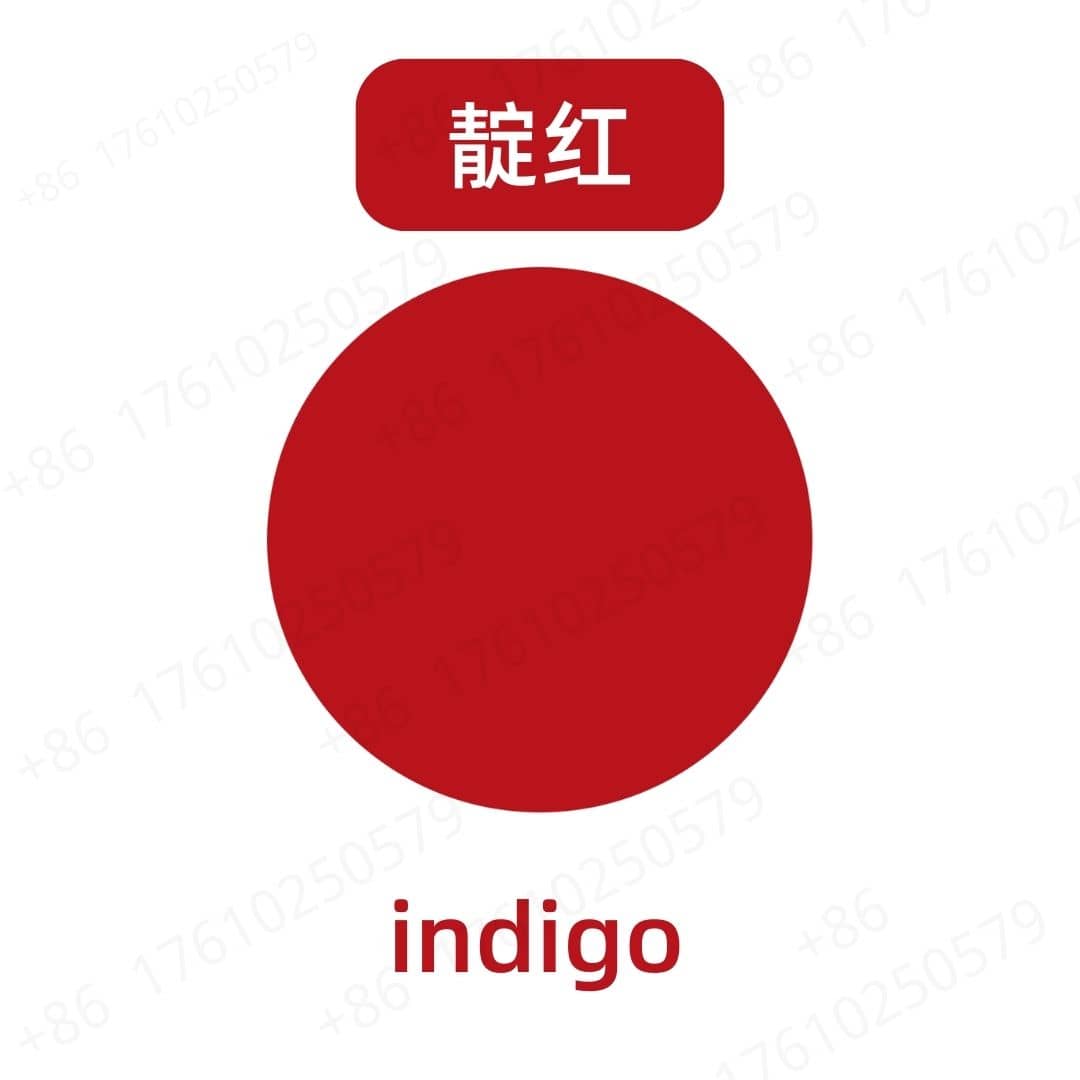Product Introduction
Sorghum red pigment is a natural colorant extracted from the glumes, or hulls, of the grain of Sorghum bicolor. The color is derived from a unique class of flavonoids called 3-deoxyanthocyanidins, with the primary coloring compounds being apigeninidin and luteolinidin. Unlike common anthocyanins found in berries, these sorghum pigments lack a hydroxyl group at the C-3 position of their chemical structure, which grants them significantly greater stability against heat and light. The color of sorghum red pigment is pH-dependent, appearing reddish-orange in acidic conditions and shifting to a purplish-red in neutral or alkaline environments. This stability and its vibrant hue make it a valuable natural alternative to synthetic red dyes in the food industry.
Production Process
The manufacturing of sorghum red pigment starts with the collection of sorghum hulls, a byproduct of sorghum grain processing. The hulls are first cleaned to remove any foreign materials. The core step is the extraction of the pigments, which is typically carried out using an acidified solvent, such as a mixture of water and food-grade ethanol. The mild acidity helps to maintain the stability of the pigment molecules during the process.
After the pigments have been extracted into the solvent, the resulting liquid is filtered to separate it from the solid plant residue. The filtered extract then undergoes purification, which may involve techniques like resin column chromatography, to concentrate the anthocyanidins and remove unwanted substances like sugars and organic acids. Following purification, the liquid is concentrated by evaporating the solvent under reduced pressure. The final product can be supplied as a liquid concentrate, or it can be converted into a powder using spray drying, where the liquid is sprayed into a hot air stream, instantly evaporating the moisture and leaving a fine, stable powder. A carrier like maltodextrin is often added before drying to improve the physical properties of the powder.
Application Scenarios
Sorghum red pigment is a versatile natural colorant used in a wide array of food and beverage products. Its excellent stability in acidic conditions makes it highly suitable for coloring acidic beverages like fruit drinks, carbonated soft drinks, and teas, where it provides a stable orange-red to red color.
In the confectionery industry, it is used to color hard candies, gummies, jellies, and fruit preparations, offering a natural replacement for synthetic dyes like Allura Red AC. Its good heat stability allows it to withstand the processing temperatures common in candy manufacturing.
The pigment is also applied in processed meat and surimi-based products. Because it holds up well to heat, it can be used in cooked sausages, pâtés, and imitation crab meat to provide a consistent reddish color that is stable after cooking.
Other applications include coloring for dairy products like fruit yogurts and ice creams, although formulation is important to manage the color shift at near-neutral pH. It can also be found in baked goods, sauces, dressings, and cereal products, where a natural red color is desired.
Packaging and Storage
【Storage Conditions】Store in a sealed, light-proof container, away from high temperatures, in a dry, cool, and well-ventilated place.
【Packaging】Bulk: 25kg/fiber drum; Sample: 1kg/aluminum foil bag; Custom packaging available upon request.
【Shipping Methods】FedEx, DHL, dedicated logistics, and sea freight consolidation.
【Shelf Life】Two years
Monica Sun possesses extensive technical expertise and market insights in the food additives industry. She excels in designing efficient and safe additive formulations tailored to various food applications, ranging from sweeteners to functional dietary fibers. Monica has successfully assisted food manufacturers in optimizing ingredient combinations to enhance product quality and improve consumer satisfaction.









